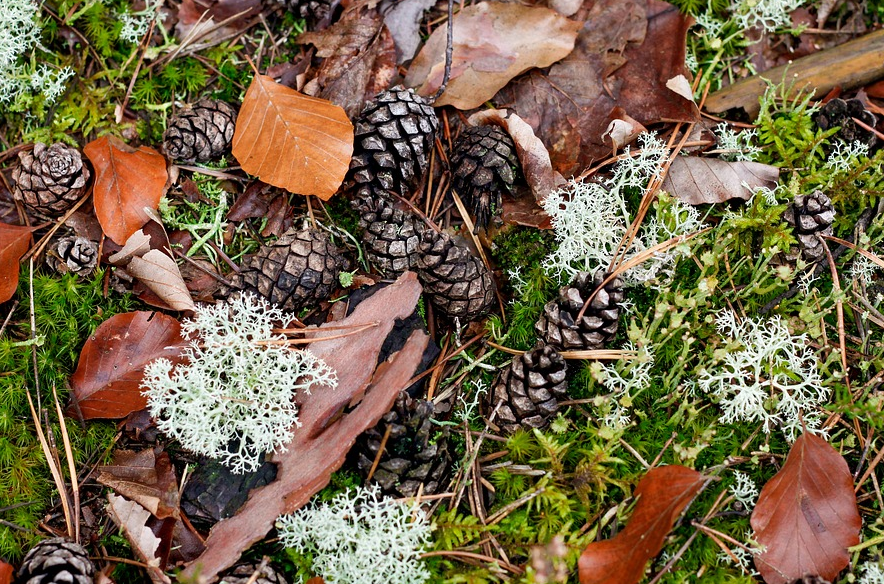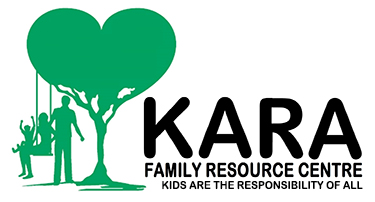
Have you ever heard of loose parts play? When I first heard about it, it sounded like a cross between messy play and outdoor learning, and it is! With a whole lot more…
The History
The theory of loose parts play was first proposed by an architect in the 1970s. It has since been the inspiration for many physical education teachers and play space designers! In a one sentence answer, loose parts play is a form of play that incorporates moving parts to allow children to move around their environment in a natural way and empower their creativity (click here). The loose parts can be natural or synthetic, for instance, both sticks and pinecones, as well as spoons and boxes, can be used as objects in loose parts play. The best objects for loose parts play, I’m sure is no surprise to parents, are objects that can be molded or adapted, taken apart and put back together, and irregularly shaped.
The P.E. Class
Physical education teachers use loose parts play to encourage children to be more active in everyday life, not just in the gymnasium! By bringing imagination into the classroom (or open outdoor space), children move away from organized sports and competition and towards natural, everyday movements, such as carrying, lifting, bending, turning, and fine motor skills. Along with the movement comes the inspiration to be creative and well-rounded social skills! By encouraged to use objects as they so choose, children can create a wider variety of play exercises than those that are purely adult led activities. The loose parts that can be moved, carried, redesigned, lined up, and taken apart help foster problem-solving and innovation skills required in later life. In other words, it helps them think outside the box! As for amazing social skills, teachers have noticed that rather than teaming up with their friends like they do while playing sports, children start to play together and interact based on shared interests! Collaboration at its finest! Click here!
The Play Spaces
Play designers utilizing this theory have started developing play spaces that are no longer a one size fits all kind of notion. By moving away from expensive play equipment that are one-type uses, they’ve started having loose items for children to manipulate as they please. It is most obvious in newer childcare centres, recreation centres, or preschools, where children have the opportunity to gather outdoor items, like rocks and paint them, or play kitchens with all the mini accessories (click here). I myself take my children to Millennium Place in Sherwood Park, where they have a large room dedicated to camping toys. Children are encouraged to build toy fires out of wood and cook over the stove.
The Con
So is there a downside to loose parts play? I myself have only noticed one – the clean-up! Just like messy play, with its many advantages and brain-developing powers, loose parts play can be a bit of a chore at the end. Personally, I like loose parts play outdoors so my children and I get the added benefits of sunshine and fresh air, and the clean-up is practically non-existent. However, in the winter months, I also preferred having boxes of sticks, pinecones, rocks, and dried flowers over the synthetic loose parts. My reasoning was I just had to scoop them all back into the box and do a quick sweep to get the debris. If using synthetic loose parts, it often meant washing my dishes after they’d been dragged across the floor a bunch. Plus it’s nice to have summer stuff to remind you winter doesn’t last forever!
The How To
Only two steps are required for loose parts play, gathering the materials and playing with your child! To engage your child in loose parts play, be sure to choose items that have no set purpose. If you give your child his toothbrush to play with, it’s likely that he won’t be as adventurous with it as he would something that doesn’t appear to have a defined use. Great choices that have worked for my children are:
Pinecones
Flowers
Seed pods
Nut shells
Leaves
Sticks
Rope
Baskets
Buckets
Sand
Shovels
Gravel or rocks
Larger stones
Old bird’s nests
Water
All of these items and more can be used for loose parts play, just let them roll with their imagination! However, be sure to choose items that are developmentally appropriate for your child (small objects aren’t recommended for littler ones).
Next, support your child when they make a change to the shape or object that they are pursuing. If they started out making a castle but it looks more like a sinkhole, let them adapt to their wishes. Resisting the urge to “fix” the project can be difficult for the more practiced creative types, but try to let your child follow their desires. For me, this can sometimes mean intervening when older or younger brothers try to “help.” I usually resolve the situation by saying “Oh, I love sinkholes! They are my favourite!” and both boys usually get a look of ambition and confidence when I compliment their work. It also helps the other brother understand that any project is worth admiring.
The Upkeep
Lastly, in order to keep loose parts play a success in your child’s play repertoire, be sure to keep them accessible for everyday use and keep the materials properly replenished and added to. My children don’t choose to play with their loose parts bucket everyday (thank goodness) but it is important that they always have the opportunity to! I also like to restock with different items that we find on outdoor walks to the park! This keeps items new and exciting for my boys, especially when they found the item themselves!
In Closing
Loose parts theory is best enjoyed with others in a fluid environment! Children gain more skills and confidence in fluid environments rather than static ones. Try loose parts play with your child and watch as their creativity, imagination, and self-assurance develop! As always, happy playing!
